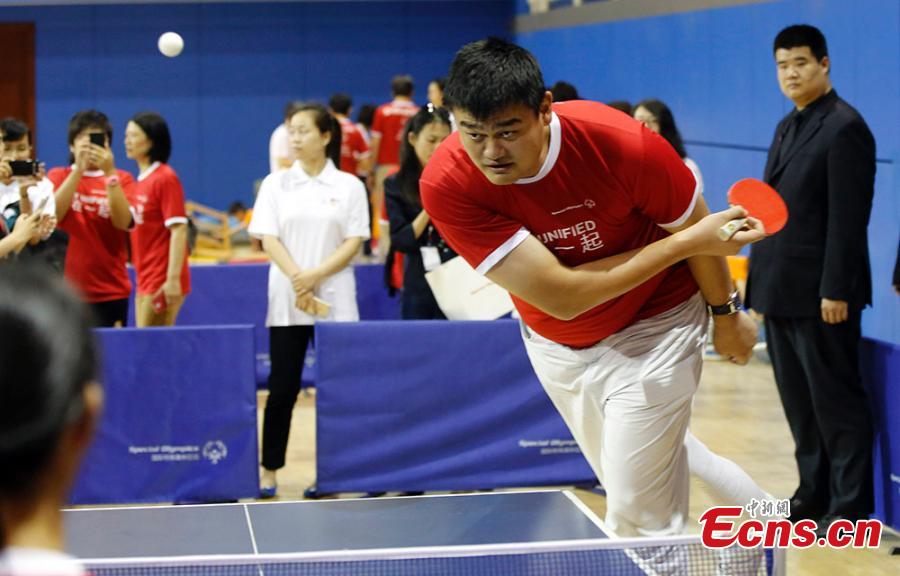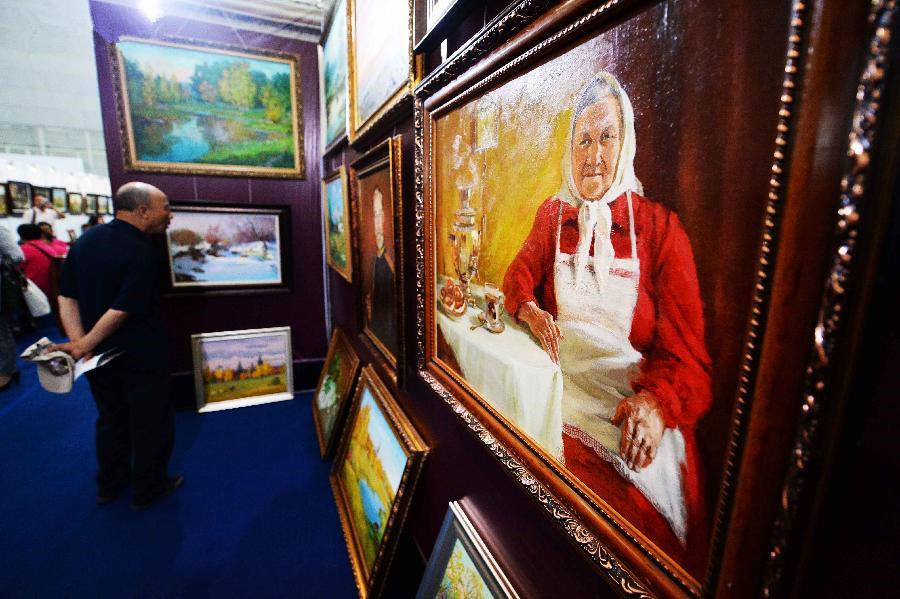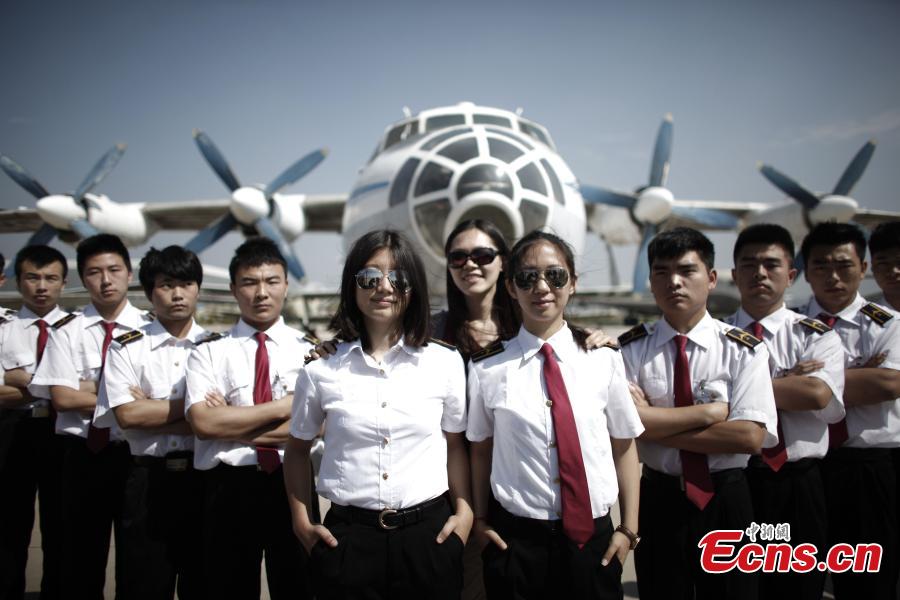(Ecns.cn)--Following the new trend in which college students wear traditional Han nationality clothing and newly-weds put on ancient wedding dresses , many cultural elites in the country have recently called for the revival of the old dress tradition. "Perhaps it's time to determine a suit of dress as the national uniform," suggested the most influential cultural magazine "The Shanghai Mercury" earlier this month.
"Among the numerous choices of Han clothing, the Chinese tunic suit, Cheong-sam, as well as the Tang suit, one should be chosen to represent China as a national uniform to demonstrate the country's identity," says Professor Bao Mingxin from Donghua University, a leading college in the fashion and clothing fields.
Qiu Feng, a scholar advocating for a national uniform believes: "It's ridiculous that, as one of the world's oldest civilizations, China lacks a national dress. We wear business suits to official occasions."
Supporting voices are further calling for the formulation of a dress institution in China as a way to cultivate cultural awareness among people. This proposal is in reference to an increasing number of individuals who dress in ancient costumes in public places for commercial purposes.
However, the patriotic proposal, rather than widely being hailed by enthusiastic media and Internet users received quite a few criticisms.
Professor Sun Liqun, one such opponent from Nankai University, ascribed the trend of studying Chinese ancient culture to the national uniform proposal. "It's a biased idea to revive traditional dress in modern times, not to mention to uniform the vast country with it," he commented. "Not all old fashions are better than current ones."
As one of the indispensable parts of Chinese culture, old dress is in fact a symbol of the hierarchical society, Sun explained, elaborating that in ancient China, laws were made to set clear distinctions among the people who wore them. "Government officials wore totally different clothes from the common residents, which included different styles, colors as well as decorative patterns," he added. In a word, the professor told the Beijing Morning Post, it's more a symbol of hierarchy than civilization.
Moreover, "it would be almost impossible to choose one style of dress," Sun commented, regarding the diversified costumes of ethnic minorities. Experts also pointed out that not once in the long history of China, even during the strictest regime of the Qing dynasty, did the government single out any dress as the so-called national uniform. Hence, the proposal is improper for modern times.
In response to the objection, the scholar Qiu Feng argued that the idea of a national uniform has been misunderstood.


















